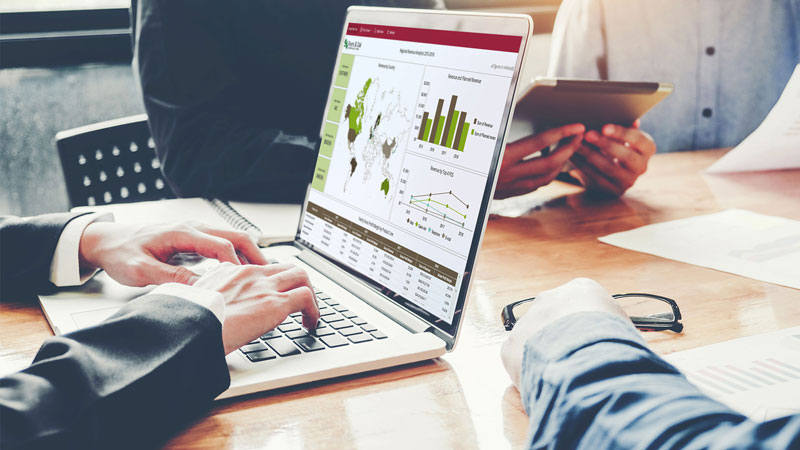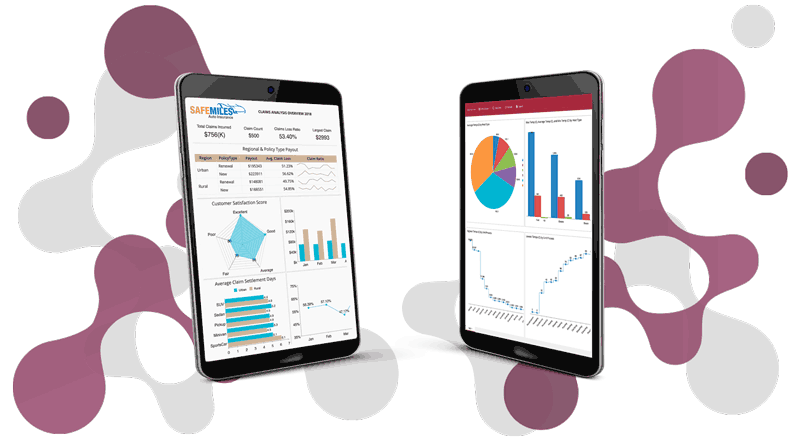Data visualization plays a crucial role in conveying complex datasets to a wider audience. While data is typically presented in charts and graphs, transforming it into a narrative-driven storytelling format can significantly enhance its accessibility and contextual understanding for executives. In this blog post, we will explore the best practices for converting complex datasets into a cohesive and contextually correct narrative, leveraging the power of data visualization and business intelligence tools.
Selecting and Optimizing Data
To effectively craft a data-driven narrative, it is essential to start by carefully selecting and cleaning the desired dataset. Through optimization, raw and unfiltered data can be transformed into organized numerical values. This process lays the foundation for utilizing storytelling models and ensures that the information presented is relevant and tailored to the intended audience. Understanding the knowledge gaps of the audience is crucial, as it allows us to bridge those gaps by employing familiar concepts and terminology.
Utilizing Question-and-Answer Framework
A valuable practice in data visualization storytelling is to employ a question-and-answer framework. By addressing questions such as the emergence of trends and the direction of numerical changes, we can extract insights that contribute to the narrative's plot. These answers serve as valuable pieces of information that contribute to the structure and coherence of the storytelling approach. Compared to presenting contextually empty rows of data, this approach enables stakeholders to remain engaged and focused on the visually driven narrative.
The Best Steps Towards Dataset Storytelling
Context is paramount in effective storytelling. When focusing on specific trends within a narrative, it is essential to identify and emphasize the relevant datasets and supplementary information. Data visualization techniques can aid in contextualization by rendering patterns in charts and graphs using suitable software presentation tools. By analyzing and dissecting statistical data, we can extract key focal points that drive the narrative. Combining visual elements, text blocks, and data acts as the glue that binds the components together, allowing for a visually compelling story that highlights targeted patterns and trends. This takes place because the human brain is wired to interpret stories. Data visualization storytelling merely takes advantage of this biological facility.
Designing Meaningful Visualizations
In the vast sea of data, it is easy to succumb to clutter and chaos. To combat this, it is crucial to simplify visualized stories as much as possible. Clear annotations, labels, and judicious use of color-coding can enhance understanding without overwhelming the audience. Additionally, attention should be given to appropriate scaling, labeling of axes, and the selection of suitable chart layouts. Whether it's bar charts for categorical data, line graphs for time-based trends, scatter plots, stacked bar graphs, or histograms, choosing the right visualization tool within the storytelling framework is essential. For example, categorical data, such as employee biodata, fits perfectly in a bar chart. If one axis of a graph uses time as a linear variable, perhaps to show changes in a favored trend over a certain period, a line graph could be an option.
Business Intelligence Tools and KPI Dashboards
Business intelligence tools and Key Performance Indicator (KPI) dashboards serve as invaluable resources in data visualization storytelling. These tools provide interfaces that facilitate the exploration of insights, detection of trends, and prediction of patterns. Because of self-service BI, the role of the "storyteller" can be anyone who has access to the tool. With accurate data at their disposal, end-users can utilize data visualization storytelling tools to process information effectively, eliminate noise, and convey meaningful narratives that drive actionable results.
Conclusion
In conclusion, data visualization storytelling is a powerful technique for making complex datasets accessible and comprehensible to a broader audience. By leveraging the capabilities of business intelligence tools, end-users can create impactful visual narratives that resonate with stakeholders. The combination of visual elements, contextualization, and clear design principles facilitates the interpretation of data and empowers decision-making processes. Through the application of best practices and utilizing the appropriate tools, organizations can unlock the full potential of data visualization storytelling and drive actionable insights.































